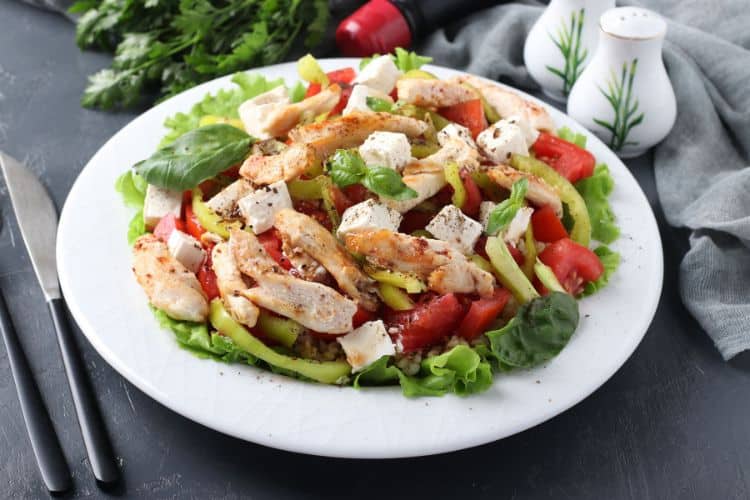Sign up for workout ideas, training advice, reviews of the latest gear and more.






A low-fat diet plan is one of the most popular and effective strategies for improving heart health, reducing cholesterol levels, and aiding in weight loss. Unlike fad diets that promise instant results, a well-balanced low-fat eating plan is backed by science and recommended by many health organizations, including the American Heart Association and the Mayo Clinic. In this guide, we’ll explore how to follow a low-fat diet plan, what foods to eat and avoid, and provide sample meal ideas and tips to stay consistent.
A low-fat diet is an eating plan that limits the amount of dietary fat, particularly saturated and trans fats. The goal is to reduce overall fat intake to improve cholesterol levels, lower blood pressure, support weight loss, and decrease the risk of chronic diseases like heart disease and diabetes. Typically, a low-fat diet recommends getting less than 30% of your daily calories from fat, with a strong focus on healthy carbohydrates and lean protein sources.
Not all fats are harmful. It’s essential to distinguish between different types of fat before following a low-fat diet plan.
These fats are heart-healthy and support brain and hormone function. While a low-fat diet reduces fat intake, these can still be consumed in moderation.
These fats increase bad cholesterol (LDL) and the risk of heart disease and stroke.
Understanding your daily caloric requirement helps you structure your diet accordingly. For example, if you consume 2,000 calories a day, a low-fat diet would limit fat intake to about 60–65 grams per day (30% of total calories).
Whole foods are naturally low in fat and rich in nutrients. Choose:
Avoid frying. Instead, opt for cooking methods like:
In a well-rounded low-fat diet plan, these foods should make up the majority of your meals:
These foods are low in calories and fat while providing vitamins, minerals, and fiber.
They help you stay full longer and stabilize blood sugar levels.
These offer essential amino acids without the high fat content of red meats.
These provide calcium and protein with minimal saturated fat.
To maximize the benefits of your low-fat eating plan, limit or eliminate:
Read nutrition labels carefully to identify hidden fats, especially trans fats and saturated fats.
Planning and prepping meals in advance helps avoid impulsive choices and ensures you always have low-fat options on hand.
Look for items labeled as “low fat,” but always check for hidden sugars or added calories. Products labeled “fat-free” can sometimes contain high amounts of sugar.
Even healthy foods can lead to weight gain if consumed in excess. Use portion control strategies like measuring cups or smaller plates.
Drink plenty of water throughout the day. Hydration supports digestion and prevents overeating by curbing false hunger.
Combining a low-fat diet with physical activity enhances weight loss, strengthens your heart, and boosts overall well-being.
Truth: Your body needs some fats for energy, vitamin absorption, and hormone production. Focus on limiting saturated and trans fats, not eliminating all fat.
Truth: Fat-free foods can be high in sugar or additives. Always check the full nutrition label.
Truth: Many restaurants offer healthy, low-fat options. Choose grilled over fried, skip creamy dressings, and ask for sauces on the side.
A low-fat diet is suitable for many people, especially those who:
However, individuals with specific health conditions, such as metabolic disorders or nutrient absorption issues, should consult a healthcare provider before making drastic changes.
A low-fat diet plan is a sustainable and science-backed way to lose weight, reduce cholesterol levels, and protect your heart. By focusing on whole foods, limiting unhealthy fats, and making simple swaps in your cooking methods, you can significantly improve your overall health and well-being. With smart planning, balanced meals, and a bit of creativity in the kitchen, sticking to a low-fat diet becomes an enjoyable part of a long-term healthy lifestyle.
Stay up to date on the latest women’s health, fitness and lifestyle trends and tips.